-
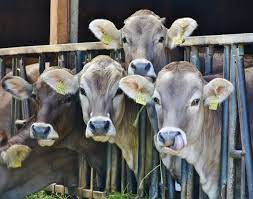
Heat stress in dairy cows damages health of calves
As scientists continue to explore the wide-ranging effects of heat stress on the health of dairy cattle, a new study by researchers from the University of Florida, published in the September issue of JDS Communications, adds to the growing understanding of the negative influences of heat stress, ...Read more -
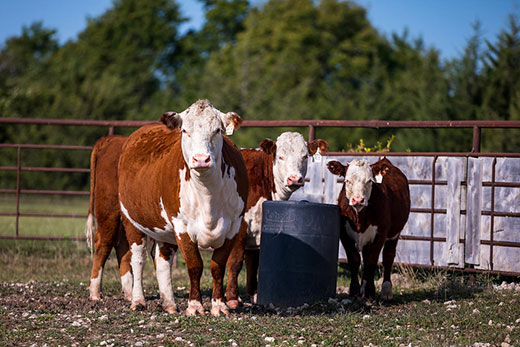
Caring for first-calf heifers and calves
Each season of the year brings management considerations for the beef producer. For summer, two groups in the herd – first calf heifers and young calves – need special attention, according to experts at Kansas State University’s Beef Cattle Institute. “First calf heifers need a lot of extra care ...Read more -
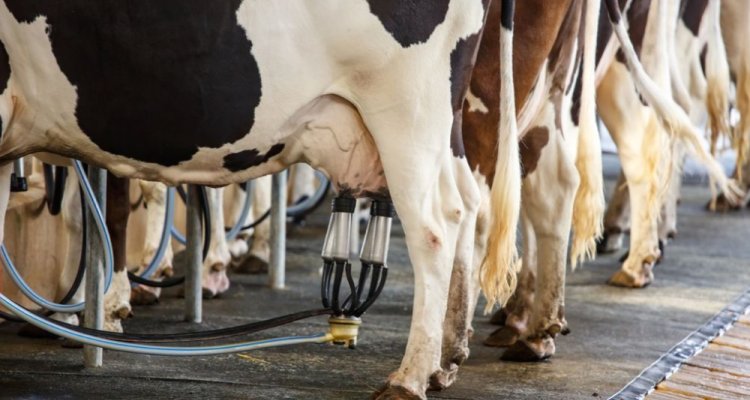
Breeding to fight livestock infections has much more potential than thought
Breeding to fight livestock infections has much more potential than thought Researchers of the Animal Breeding and Genomics and Quantitative Veterinary Epidemiology groups of Wageningen University & Research have recently shown that this potential is actually much larger, because of indirect ...Read more -
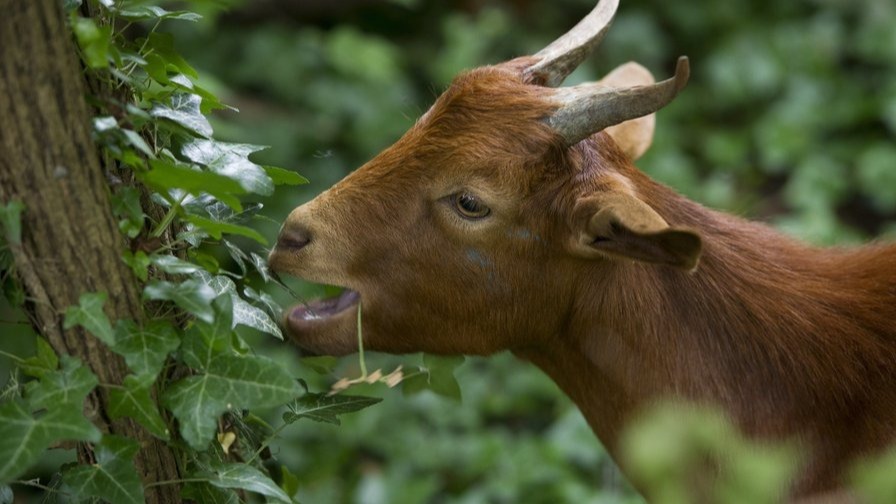
Wonder fungi in goat’s gut
From biofuels and other commodity chemicals to methane production, genomic study peers into the mysteries of a goat’s gut. Michelle O’Malley has long been inspired by gut microbes. Since she began studying the herbivore digestive tract, the UC Santa Barbara chemical engineering profes...Read more -
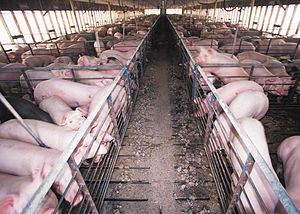
Value from sewage New technology makes pig farming more environmentally friendly
Anyone who lives in Okinawa, a subtropical island in Japan, has an appreciation of the intensity of its pig farming industry. The farms have a large effect on the island’s economy and culture. According to Japan’s Cabinet Office, as of 2018, there were over 225,000 pigs in Okinawa. Po...Read more -
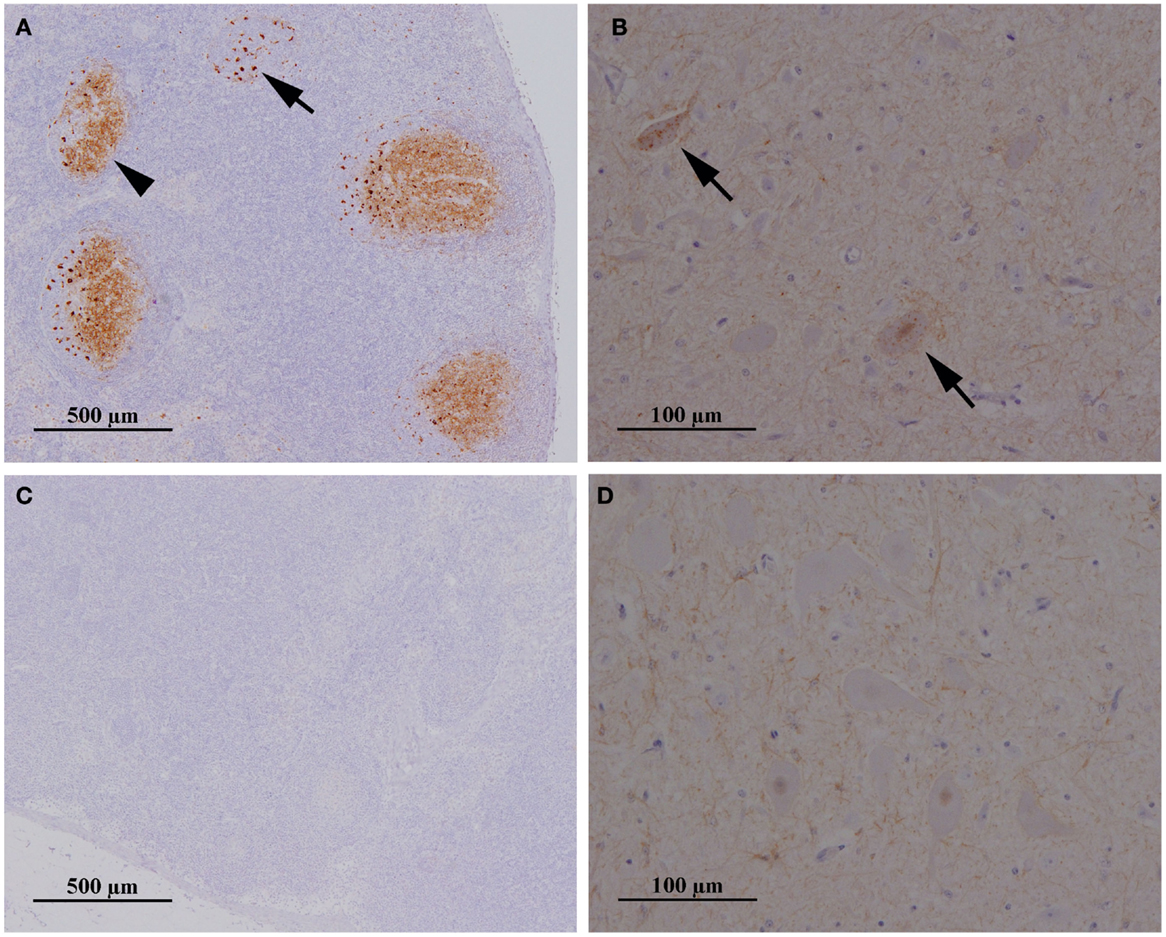
Objects in contact with classical scrapie sheep act as a reservoir for scrapie transmission
Classical scrapie is an environmentally transmissible prion disease of sheep and goats. Prions can persist and remain potentially infectious in the environment for many years and thus pose a risk of infecting animals after re-stocking. In vitro studies using serial protein misfolding cyclic ampli...Read more -
Pharmacokinetics of Conventional and Long-Acting Oxytetracycline Preparations in Kilis Goat
Citation: The pharmacokinetics of conventional and long-acting (LA) oxytetracycline (OTC), widely used broad-spectrum antibacterial drugs in veterinary medicine, were evaluated in Kilis goats at single dosage of 20 mg/kg body weight (bw). A total of 21 goats were divided into three groups: intrav...Read more -
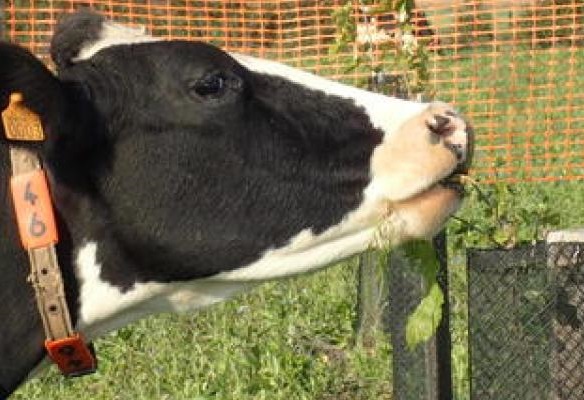
Trees to feed the cows
Cows grazing on trees. This is a new form of grazing that INRA has developed for dairy cattle based on grass, fodder… and the leaves of living trees It has long been advantageous to associate livestock with crops in lowland areas: a portion of the crops can be used to feed the animals who, in tur...Read more -
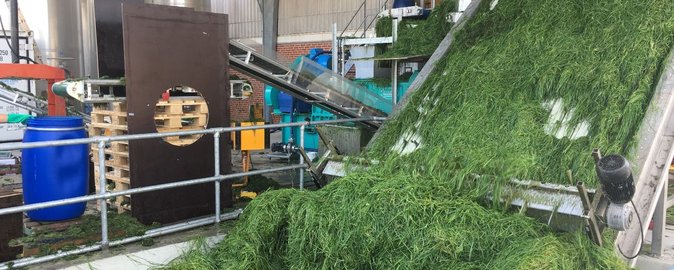
the feeding value of pulp for cattle
Pulp is a fibre-rich by-product, emerging from the protein refining of grass-clover. As the pulp forms a considerable part of this process, the utilisation of this, by for instance dairy farmers, is extremely important. Therefore, researchers from AU are currently studying the feeding valu...Read more -
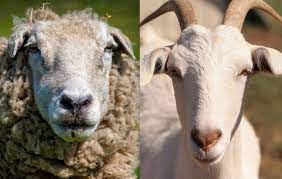
Sheep vs. goats Who are the best problem solvers
When it comes to adapting to new situations, goats are a step ahead. Compared to sheep, they can more quickly adapt to changing environmental conditions. These are the findings of a new study by researchers at Martin Luther University Halle-Wittenberg (MLU) and the Leibniz Institute for Farm Anim...Read more -
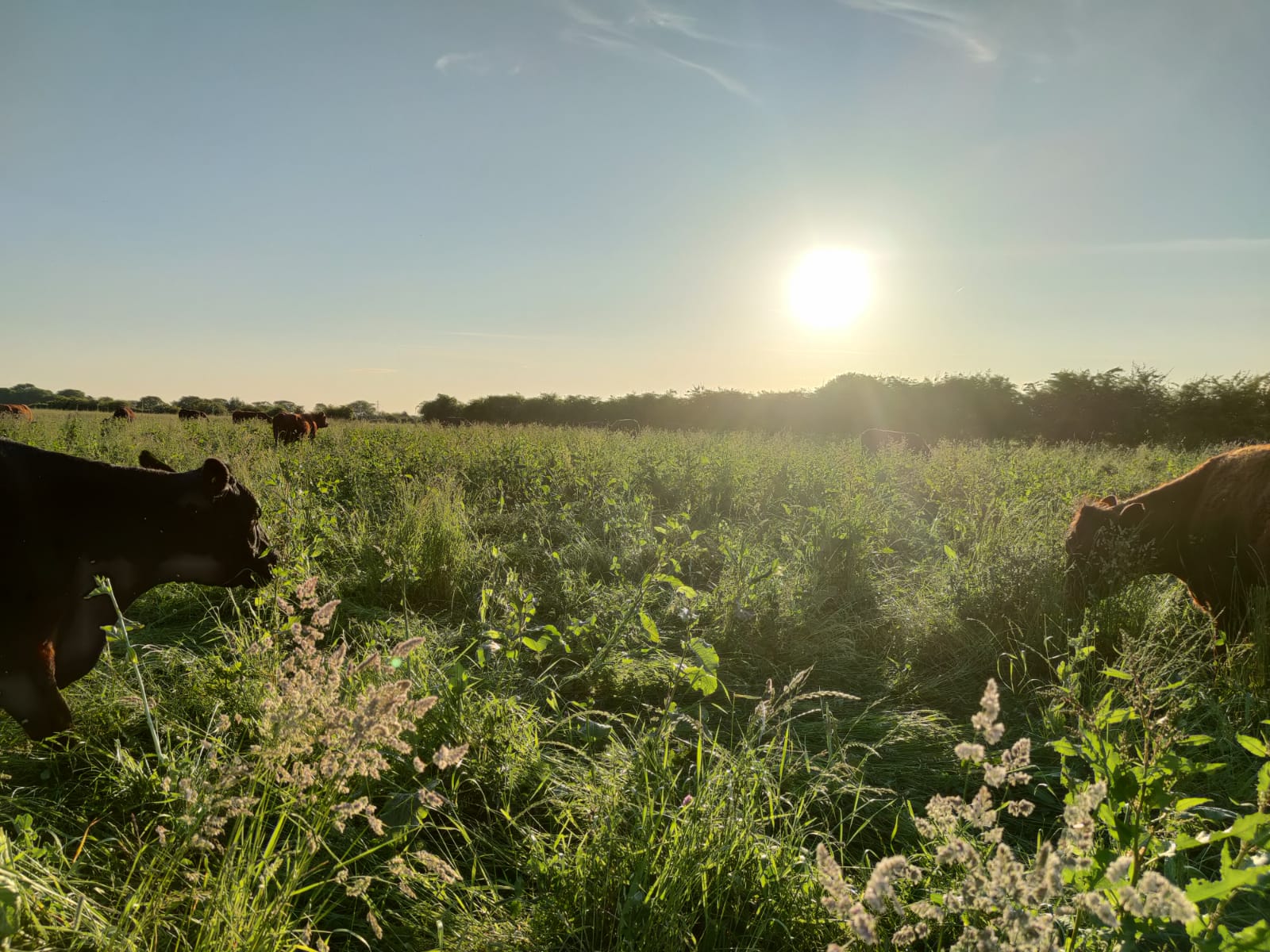
Research shows that regenerative farming can deliver environmental benefits while maintaining productivity
A regenerative beef grazing system being tested by FAI Farms, in conjunction with McDonalds UK & Ireland, offers significant potential to deliver environmental benefits while maintaining productivity, suggests the latest US and UK trial work. A newly published study by Colorado State Universi...Read more -
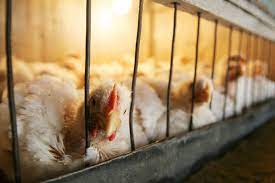
Pulsed ultraviolet light technology to improve egg safety, help poultry industry
Pulsed ultraviolet light can be an effective alternative to some of the antimicrobial technologies now used by the poultry industry to kill pathogens on eggshells, according to Penn State researchers, who simulated production conditions to test the technology. Researcher Paul Patterson, professor...Read more -
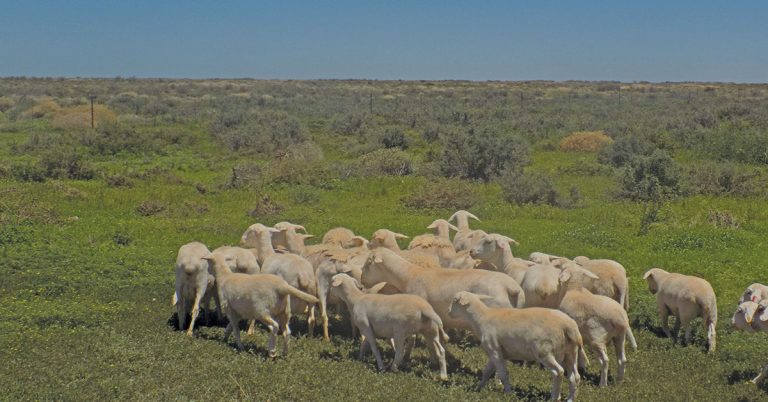
Northern Cape sheep farmer’s lessons from the drought
Etienne van Wyk, a Grootfontein Agricultural College alumnus, lives on Spes Bona farm with his wife Merchell and daughter Thaniell. He received the 3 800ha farm, which is near Marydale in the Northern Cape, in 2015 from the state on a long-term lease, with the option to buy after 30 years. He ini...Read more -
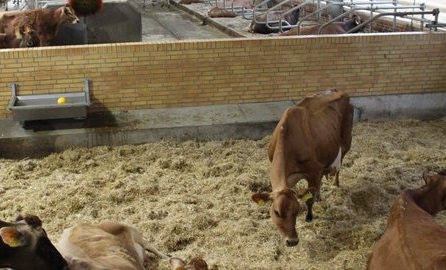
Lame cows recover better when housed in hospital pens
Lame cows benefit from housing in hospital pens. This is – in short – the result from a study made in collaboration between Department of Animal Science, Aarhus University, and SEGES. Lameness in dairy cows is a major problem in dairy herds worldwide and is associated with reduced animal we...Read more -
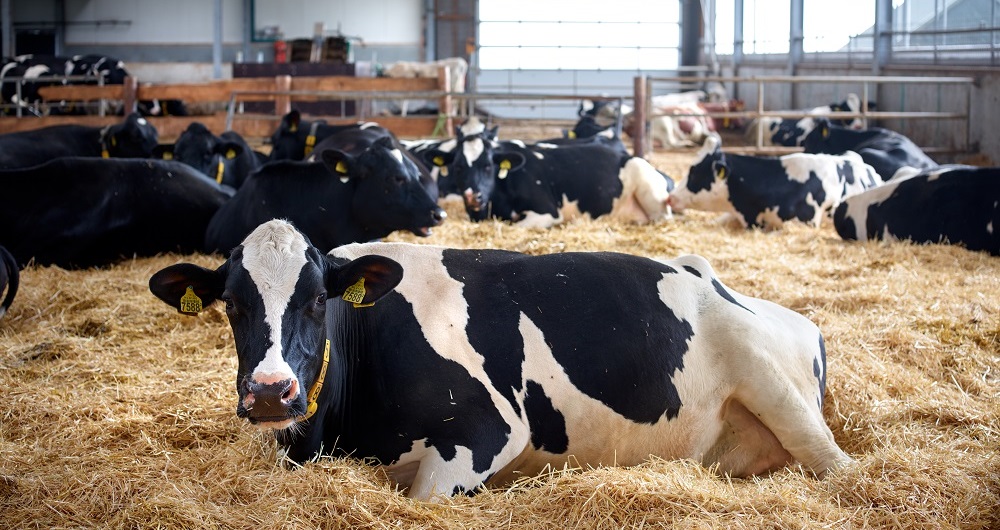
How do you measure emissions in an open barn
Much effort is being made within the Dutch livestock sector to reduce ammonia and methane emissions. But, how do you measure these emissions? How do we know what the current concentrations are? And, even more to the point, how can you measure emissions in an open barn? Doesn’t everything just – l...Read more -
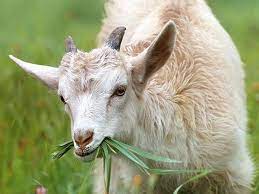
Goat milk formula could benefit infant gut health
The research looked at oligosaccharides, a type of prebiotic that can boost the growth of beneficial bacteria and protect against harmful bacteria in the gut. Researchers found 14 naturally-occurring prebiotic oligosaccharides in the goat milk formula. Five of these are also found in human breast...Read more -
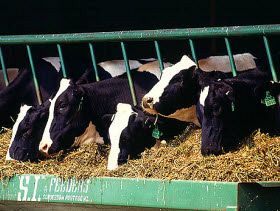
Functional Feeds and Matters of Taste Research Insights on Feed and Palatability for Ruminants
Selko, the Feed Additive brand of Trouw Nutrition, Nutreco’s animal nutrition division, is sharing research on the role that the source of trace mineral plays in helping or harming feed palatability. Palatability research in swine and ruminants has demonstrated that mineral source influences feed...Read more -
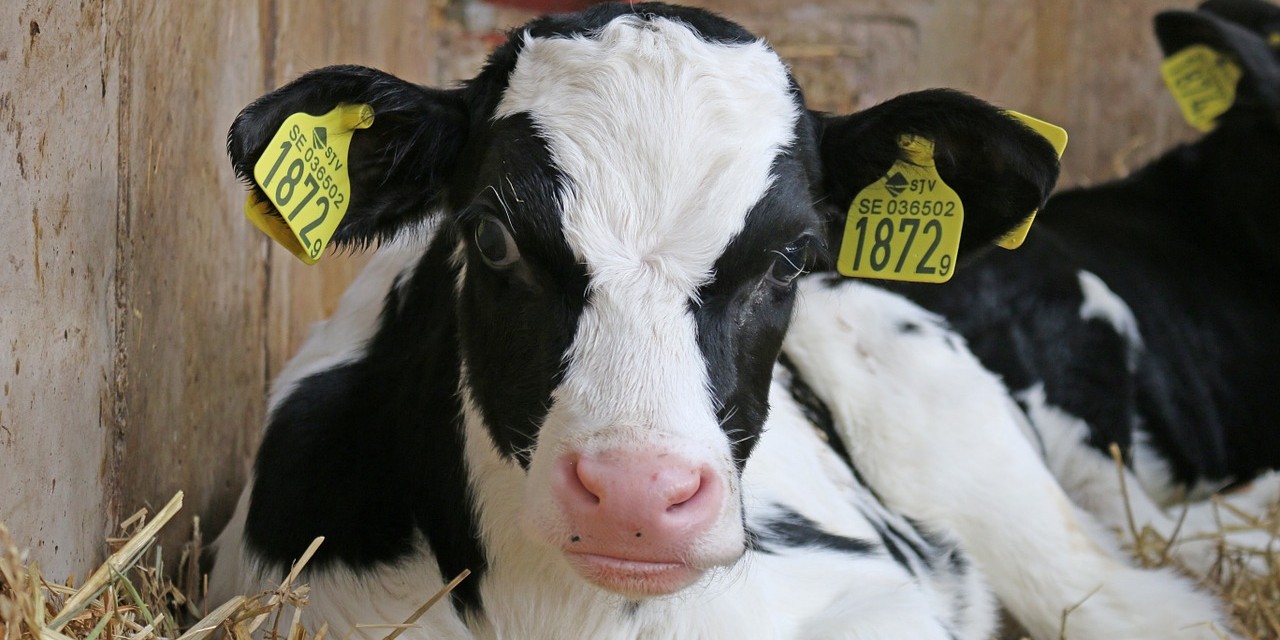
Dairy calves benefit from higher-protein starter feed
Dairy producers know early nutrition for young calves has far-reaching impacts, both for the long-term health and productivity of the animals and for farm profitability. With the goal of increasing not just body weight but also lean tissue gain, a new University of Illinois study finds enhanced m...Read more -
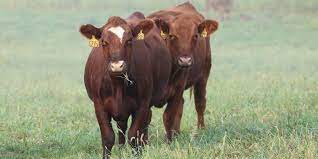
Cattle losing adaptations to environment
As a fourth-generation cattle farmer, Jared Decker knows that cattle suffer from health and productivity issues when they are taken from one environment — which the herd has spent generations adapting to — to a place with a different climate, a different elevation or even different gr...Read more -
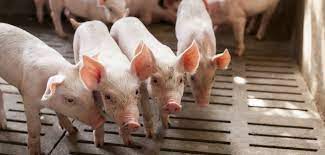
Antibiotic-resistant strains of staph bacteria may be spreading between pigs raised in factory farms
DNA sequencing of bacteria found in pigs and humans in rural eastern North Carolina, an area with concentrated industrial-scale pig-farming, suggests that multidrug-resistant Staphylococcus aureus strains are spreading between pigs, farmworkers, their families and community residents, and represe...Read more -
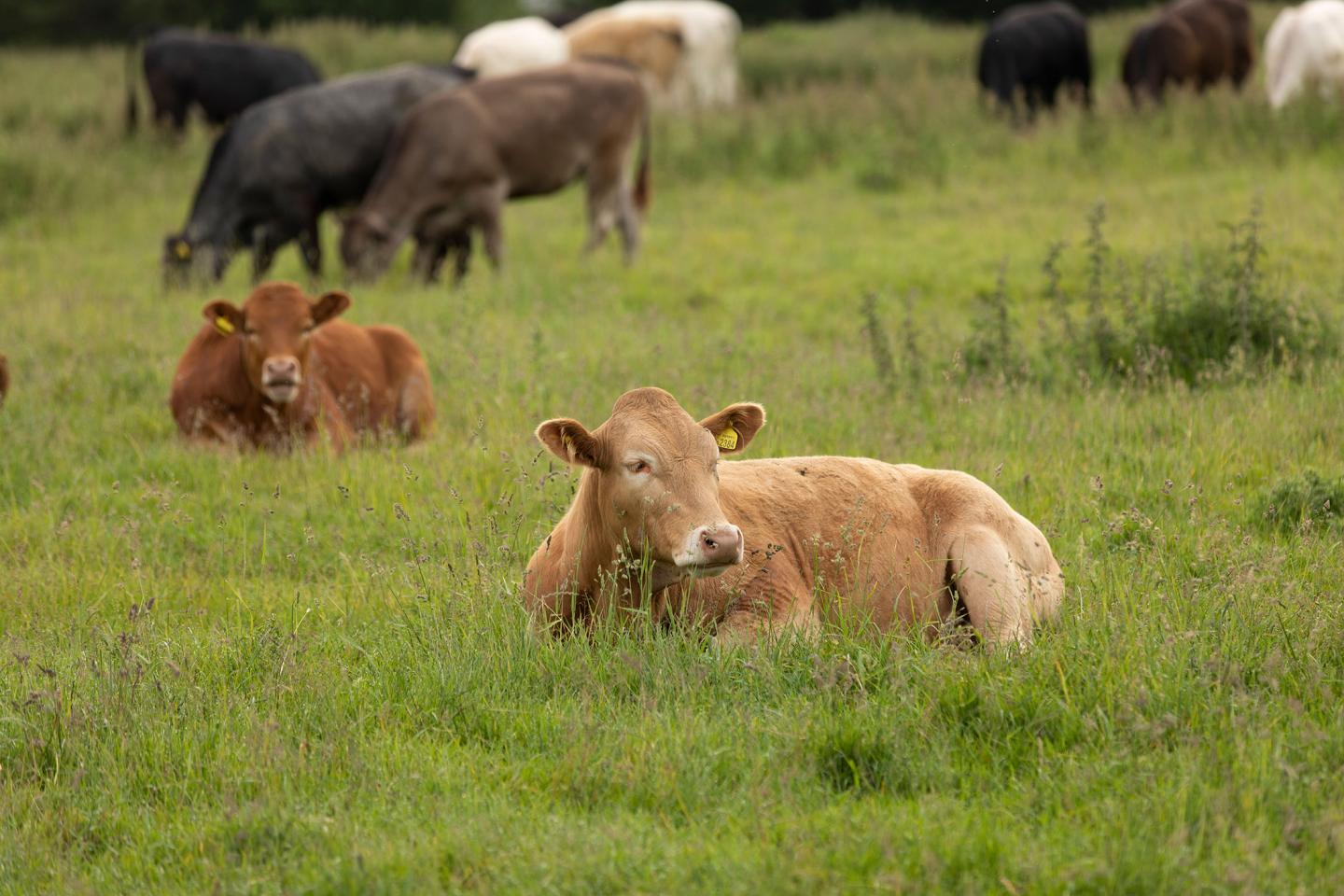
Antibiotic-resistant bacteria found in cattle
Growing resistance to our go-to antibiotics is one of the biggest threats the world faces. As common bacteria like strep and salmonella become resistant to medications, what used to be easily treatable infections can now pose difficult medical challenges. New research from the University of Georg...Read more -
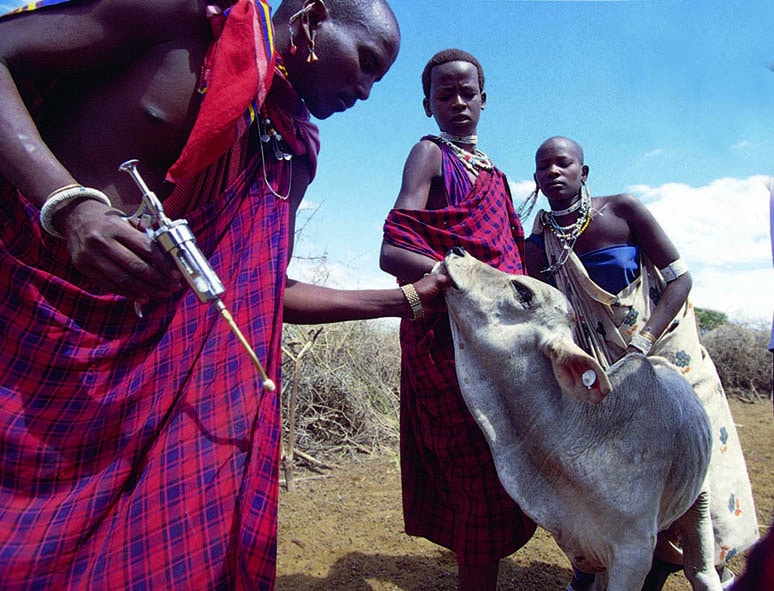
A vaccine against the lethal cattle disease East Coast fever
Disease can be devastating for livestock, and for the people whose livelihoods depend on them. For many pastoralists and small-scale farmers, the loss of even one cow can be disastrous. East Coast fever – a cancer-like, tick-transmitted disease first discovered in 1903 in Africa – kills cattle w...Read more -
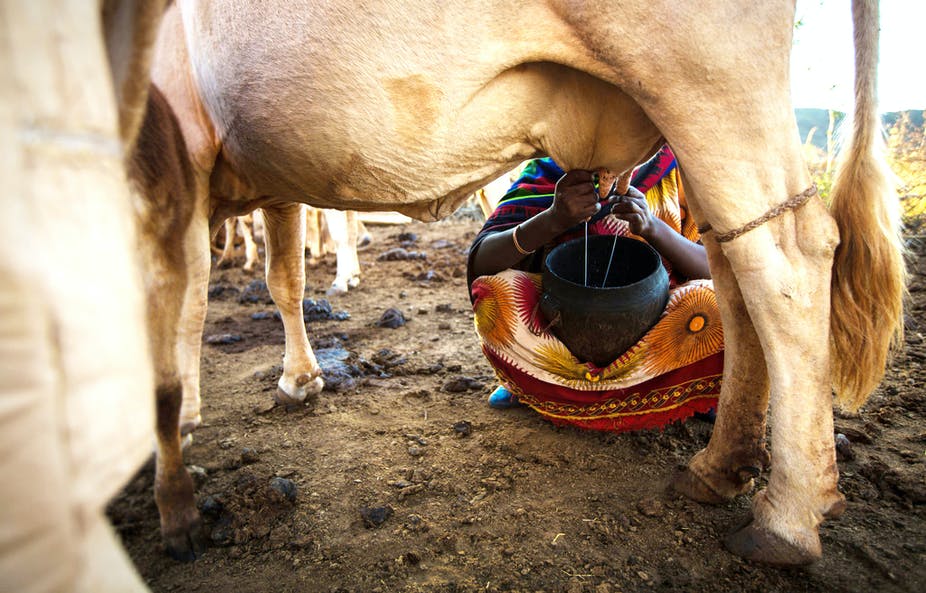
Why Ethiopia’s dairy industry can’t meet growing demand for milk
The demand for dairy products is rising rapidly in Ethiopia. Prices are being pushed up as demand is met by imported products, particularly powdered milk. The Conversation Africa’s Moina Spooner asked Azage Tegegne for insights into the challenges facing the sector. What does Ethiopia’s dairy sec...Read more -
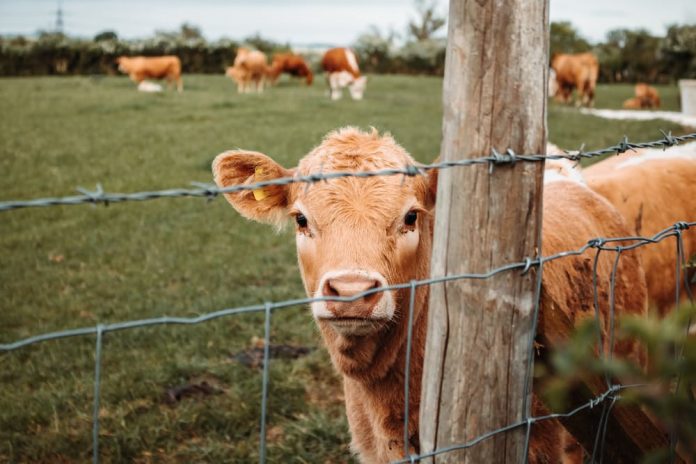
Researchers track down toxin from maple tree in Cow’s Milk
Cows can pass on the hypoglycin A toxin through their milk, a study by the Martin Luther University Halle-Wittenberg (MLU) and the Leibniz Institute of Plant Biochemistry (IPB) in “Toxins” revealed recently. The toxins discovered in cow’s milk can cause acute symptoms in humans and animals. A sma...Read more

